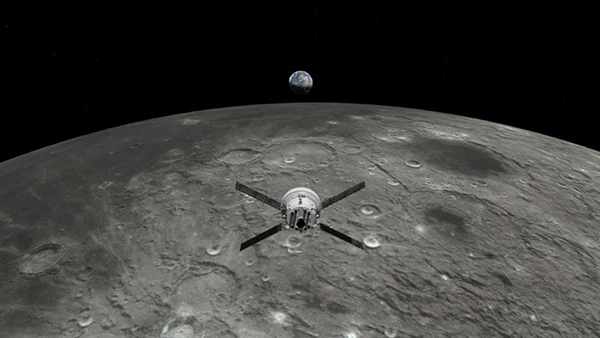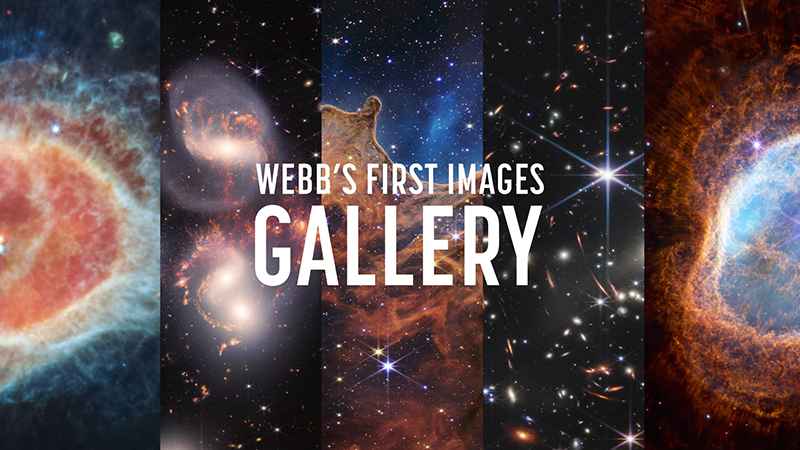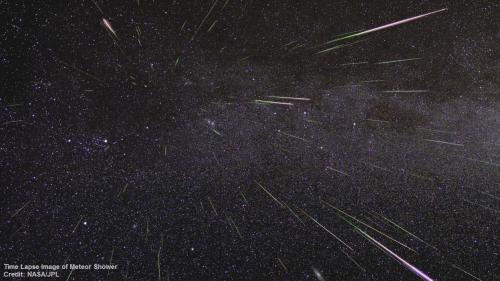Planetarium Newsletter - August 2024
Cosmic Curiosities
“That once a year, by hand or apparatus
“That once a year, by hand or apparatus
Aztalan was first discovered by Europeans in the fall of 1835 by early Wisconsin Territory settler Timothy Johnson of Watertown. Upon hearing stories of the site, Judge Nathaniel Hyer, a Milwaukee settler, visited. His description, the first at-length published account of Aztalan, appeared in the Milwaukee Advertiser, Volume One, Number 29 on Saturday, February 25th, 1837. In this account, Judge Hyer also produced the first rudimentary map of the site.
“Do not look at stars as bright spots only.
“Like the moon, I have learned to be beautiful in darkness.”
- Collette O'Mahony, American Author and Poet

" Weather forecast for tonight: dark.”
- George Carlin, American Comedian
“The desire to reach for the stars is ambitious. The desire to reach hearts is wise.”
- Maya Angelou, American Author & Poet

“I'll toss my coins in the fountain
Look for clovers in grassy lawns
Search for shooting stars in the night
Cross my fingers and dream on.”
- Tracy Chapman, American Singer

The Ojibwe stretch from present-day Ontario in eastern Canada all the way into Montana. Oral traditions of the Ojibwe, Ottawa, and Potawatomi assert that at one time all three tribes were one people who lived at the Straits of Mackinac. From there, they split off into three different groups. Linguistic, archaeological, and historical evidence suggests that the three tribes do indeed descend from a common ethnic origin.
The Ho-Chunk -- formerly called the Winnebago -- are members of a Siouan-speaking tribe who were established in Wisconsin at the time of French contact in the 1630s. The oral traditions of the tribe, particularly the Thunderbird clan, state that the Ho-Chunk originated at the Red Banks on Green Bay.
“There is every reason to believe that Mars and other planets are inhabited. Why should the Earth be the only planet supporting human life? It is not singular in any other respect."
- Albert Einstein